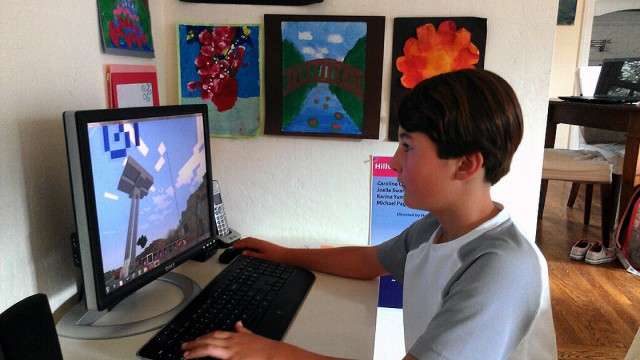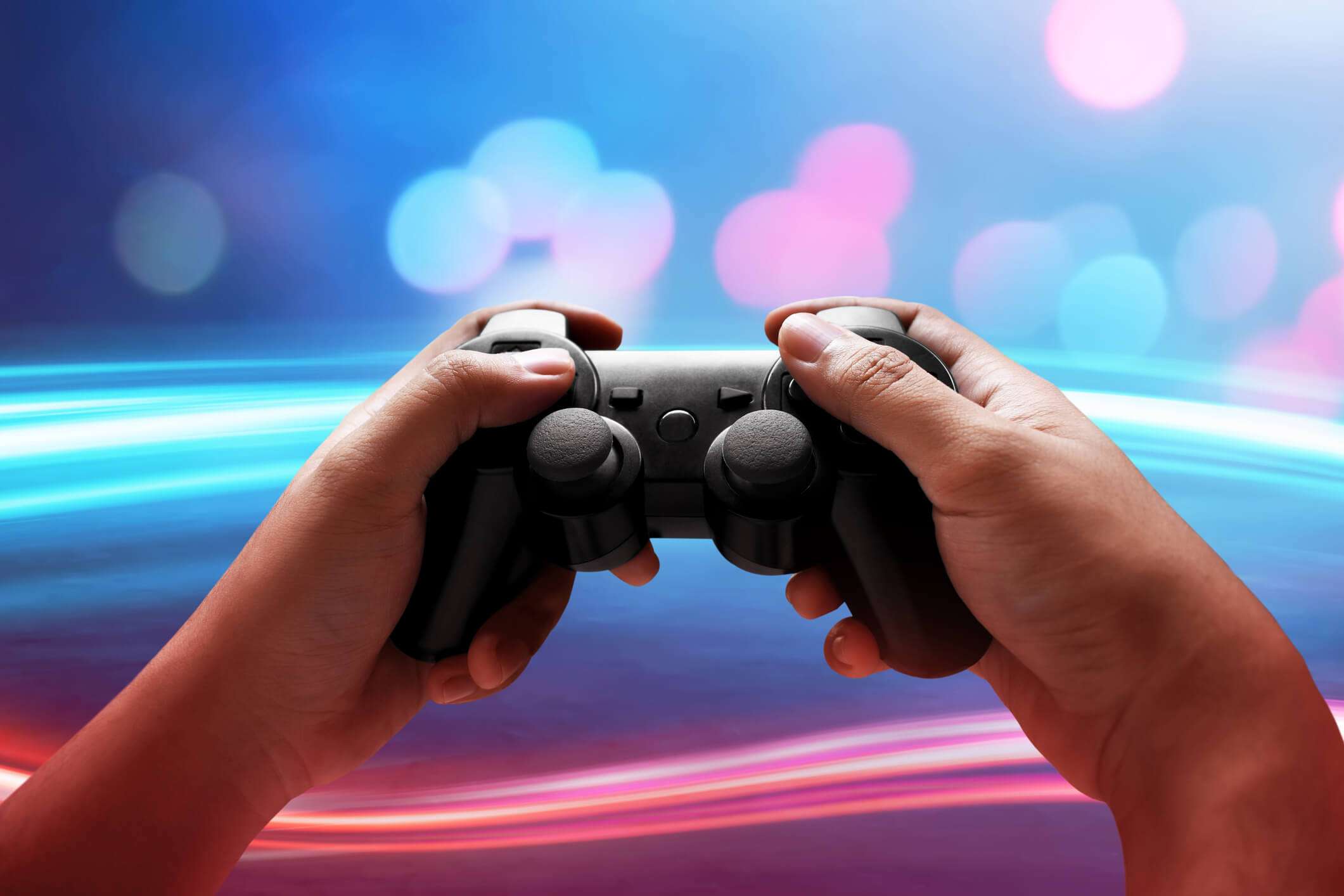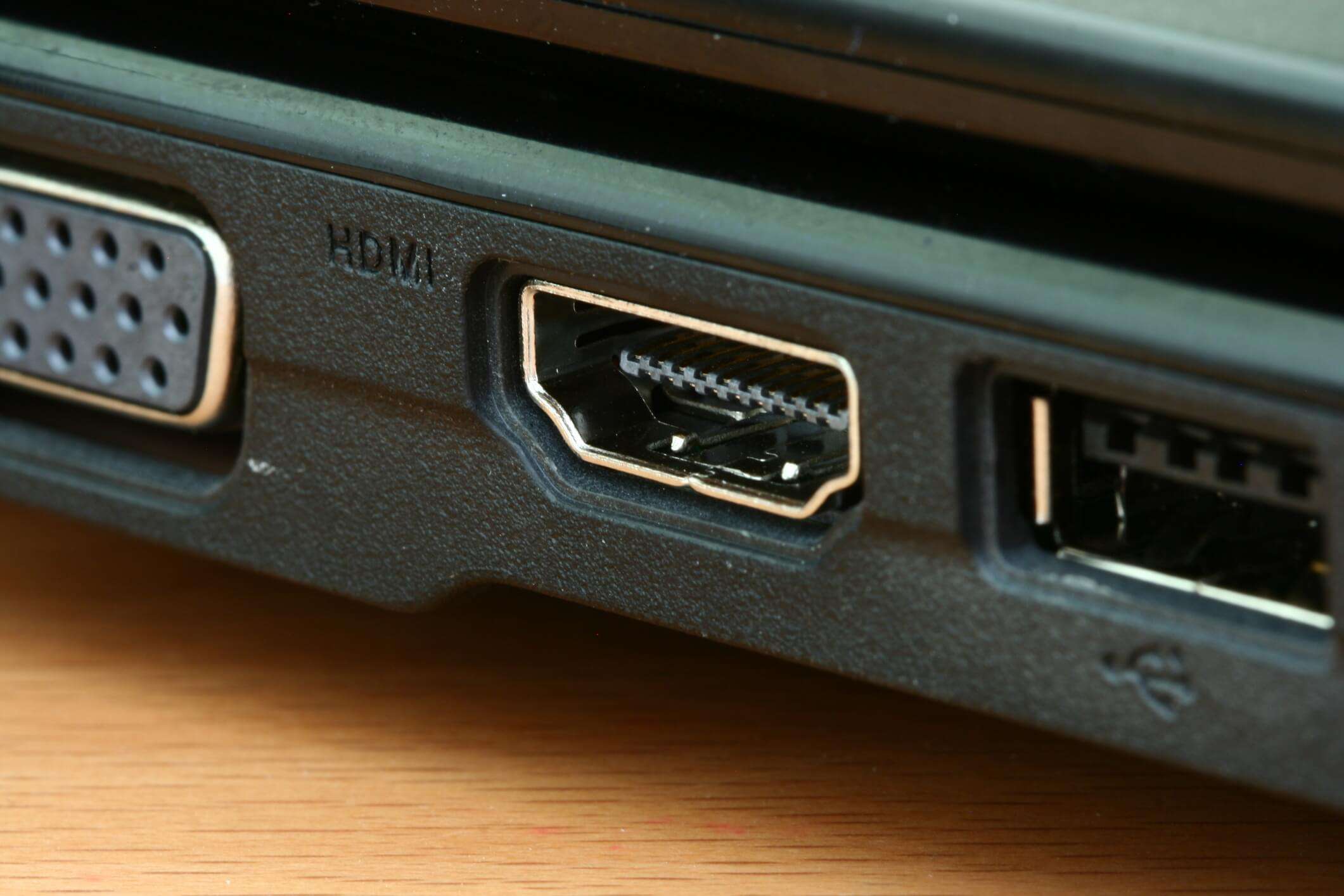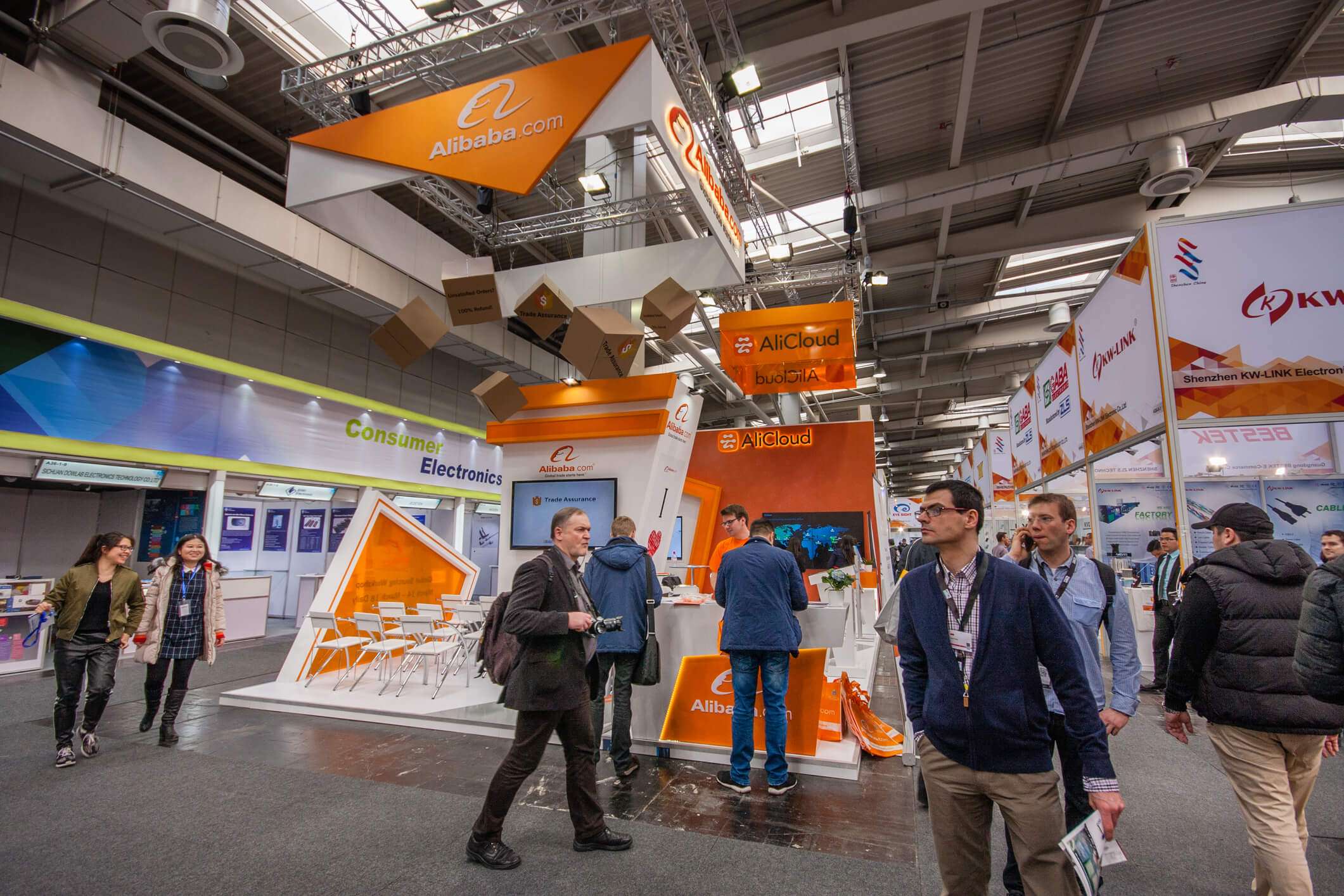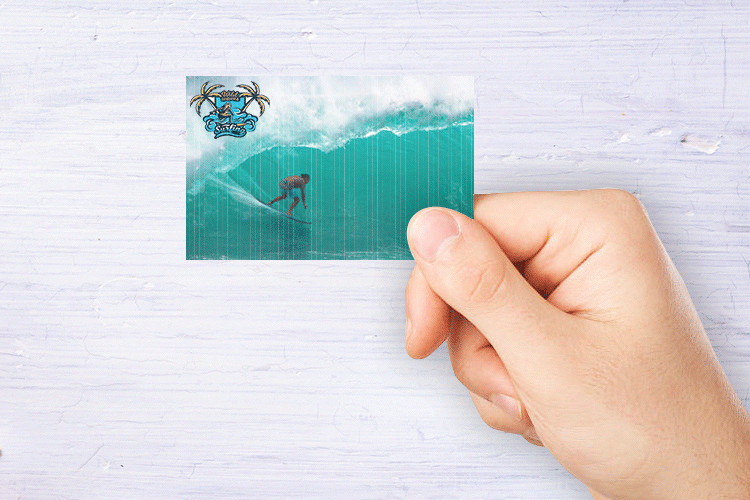6 Secrets To Producing A Great 3D Lenticular Print
If you’ve been searching for a unique and innovative approach to market your company, lenticular printing may be the answer. Lenticular printing is a unique and appealing form of advertising that hooks viewers on to 3D marketing material. It puts your company in the best possible light and informs people about you, and piques their interest in your products or services.
The longer people look at your ad, the more interested they become in the service, which is why advertising is so important. You must be creative. Equally important is to realize that you will have the capacity to succeed with innovative and appealing techniques offered by 3D lenticular printing.
Here Are Some Tips On How To Create Great Lenticular Designs For Printing.
Design Of Artwork
Simplicity is the name of the game. An excellent 3D drawing has a single focal point: the life and soul of the 3D print. The minimalist style is simple, elegant, and won’t make the viewer dizzy or uncomfortable. Complex artwork distracts the focus of the viewer and generates visual noise.
Choose the primary item that is active and has depth to it.
This can also apply to images of people. With a human subject as the focal point, the individual should be positioned at a 10-15 degree angle with their arms hanging limp, relaxed, or in a modest gesture. For non-human objects and backgrounds, the focused object should be self-interspersed with distinct layers.
The Total Number Of Stereo Pairs
Four to six stereo pairs of images are required to provide a pleasurable and smooth 3D viewing experience using 3D lenticular printing. In principle, only one “stereo pair” is necessary to generate binocular disparity and hence a three-dimensional image. However, using only one stereo pair for lenticular printing in practice restricts the viewing angle to a relatively tight range.
There will be a sudden, unpleasant, and unrealistic image transition when the viewing angle is changed. As a result, the higher the binocular resolution of a stereo pair, the more stereoscopic pairs must be employed to generate the 3D image. The simplest method to make natural stereo pairs is to use a motorized camera slider with a shutter-synchronization function.
Resolution Of Artwork Files
Suppose you have three stereo pairs (or six pictures) per lenticule. The picture’s resolution will be divided by six. Each eye will only see the image at 50 dpi or 100 dpi (both eyes combined) if you start with a 300 dpi picture. You know that 100 dpi isn’t an exceptionally high resolution if you have ever completed any printing work, whether it’s lenticular or standard old printing.
The acceptable range is between 200 and 300 dpi. However, your original artwork needs 600 dpi to achieve 200 optical dpi. The source artwork resolution should rise as the number of stereo pairs rises.
Select The Correct Lenticular Specimen
There are numerous lenticular specs, some of which are created for flipping or other animatic effects. These requirements will not work for 3D printing. The lens that your lenticular printer will use must be confirmed.
If you’re working on a DIY project, make sure to get the spec built for 3D printing. Your lens manufacturer should give you this information, and if they don’t, check their specifications sheet. The incorrect specification will result in a poor 3D effect.
Construction Of Scenes
A great 3D print should include some supporting objects to enhance the 3D effect. The objects for the scene, such as tables and chairs, can go in the foreground or background. The foreground objects should float away from the picture and not be too big or solid to compete for attention with the primary subject.
Adding depth to the scene requires creating perspective so that the main object can allow viewing through the void area of the background. There should also be some objects in the foreground, main object, and background to connect the three layers. The color contrast between the layers is also an essential 3D printing criterion.
Passion
In essence, a lenticular print is a work of art. A 3D lenticular image, like a good painting, needs inspiration and passion. On the other hand, some lenticular printers frequently treat projects as just another chore and fail to inform their clients about the factors mentioned above.
If you have a 3D lenticular job, contact a professional immediately, whether you wish to hire them or not.
You don’t want to see a promising 3D lenticular project go wrong because of one little mistake made by the printer. There’s nothing more exciting than witnessing a great 3D artwork come to life.
If you want to get the most out of lenticular printing, make sure you engage professional designers. These will create catchy and exciting prints for your business needs. You can produce a striking impact with lenticular printing. It’s critical to do something that piques people’s attention and interests them on the first look.



